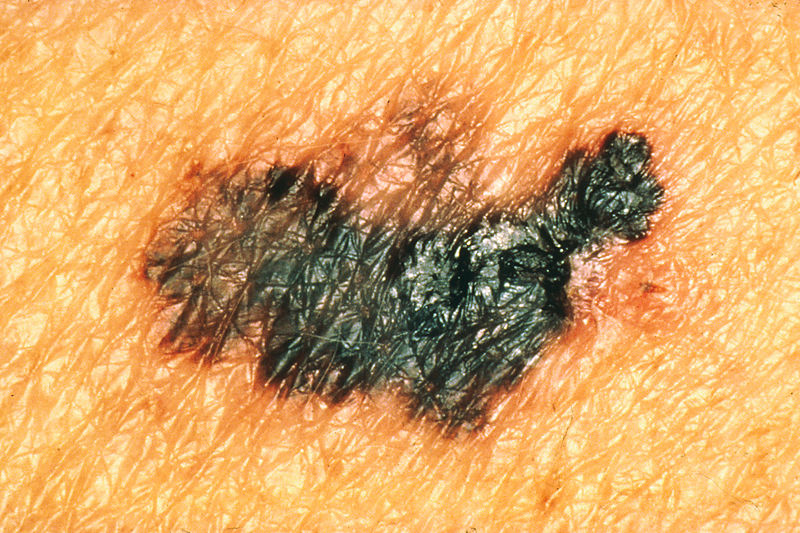The first comprehensive analyses of cancer genomes have been published in the journal Nature this week.
The research, led by teams at the Wellcome Trust Sanger Institute, has been called "truly groundbreaking" by Cancer Research UK. What's so exciting about this work is not just that they catalogue the mutations in each tumour, but that their technique enables them to work out the causes and history of the mutations.Looking at two patients, one with lung cancer and the other with melanoma, Mike Stratton and colleagues sequenced both tumour cells and healthy cells. They could then compare like with like to identify which parts of the DNA differed in the cancerous cells. By doing this, they discovered over 23,000 mutations in lung cancer, and in excess of 33,000 for the melanoma.
We've known for a while that these two cancers have very strong associations - with tobacco smoke for lung cancer, and with exposure to ultra-violet radiation in melanoma.  By looking at these mutations, and the genes around them, the researchers were able to identify a mutation signature for each risk factor.
By looking at these mutations, and the genes around them, the researchers were able to identify a mutation signature for each risk factor.
For example, many of the mutations relate to chemicals in tobacco smoke that bind to and interact with DNA. With melanoma, Wellcome Trust Sanger Institute researcher Dr Andy Futreal said "we can see Sunlight's signature writ large in the genome". They also found tell tale signs of attempted, but failed, DNA repair - suggesting that our bodies try, and often fail, to repair damage done.
This work further shows that there isn't a single triggering factor for cancer - the mutations build up over time and exposure, spanning years before the cancer itself becomes apparent. Which of these mutations are responsible for making a cell cancerous is now a major challenge for the next few years.
Other cancers have less obvious risk factors, and sequencing genomes is neither quick nor cheap, so there is still a lot of work to be done. But research like this, combined with the fact that sequencing is becoming ever cheaper, will help to change the landscape of cancer research, prevention and treatment.










Comments
Add a comment